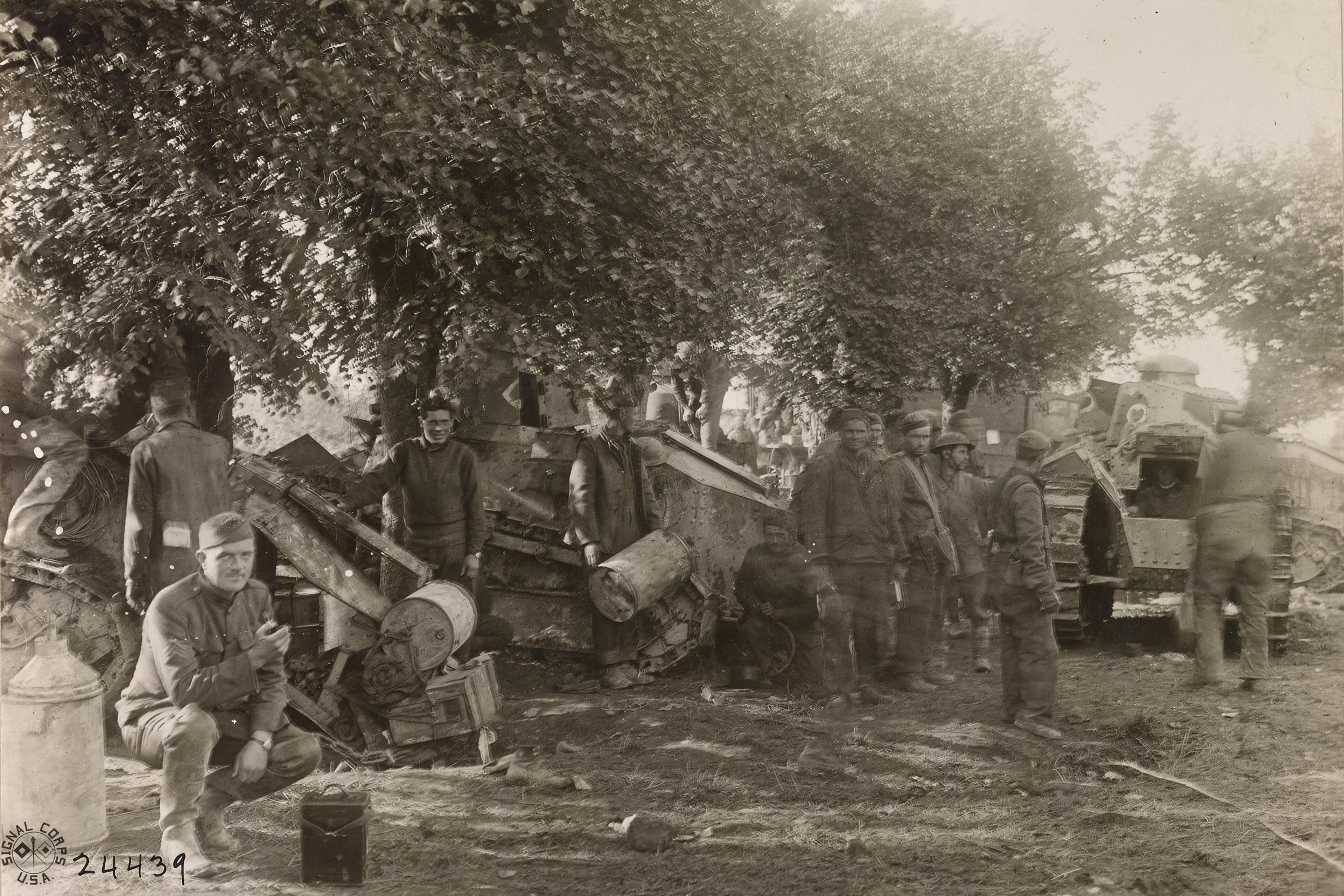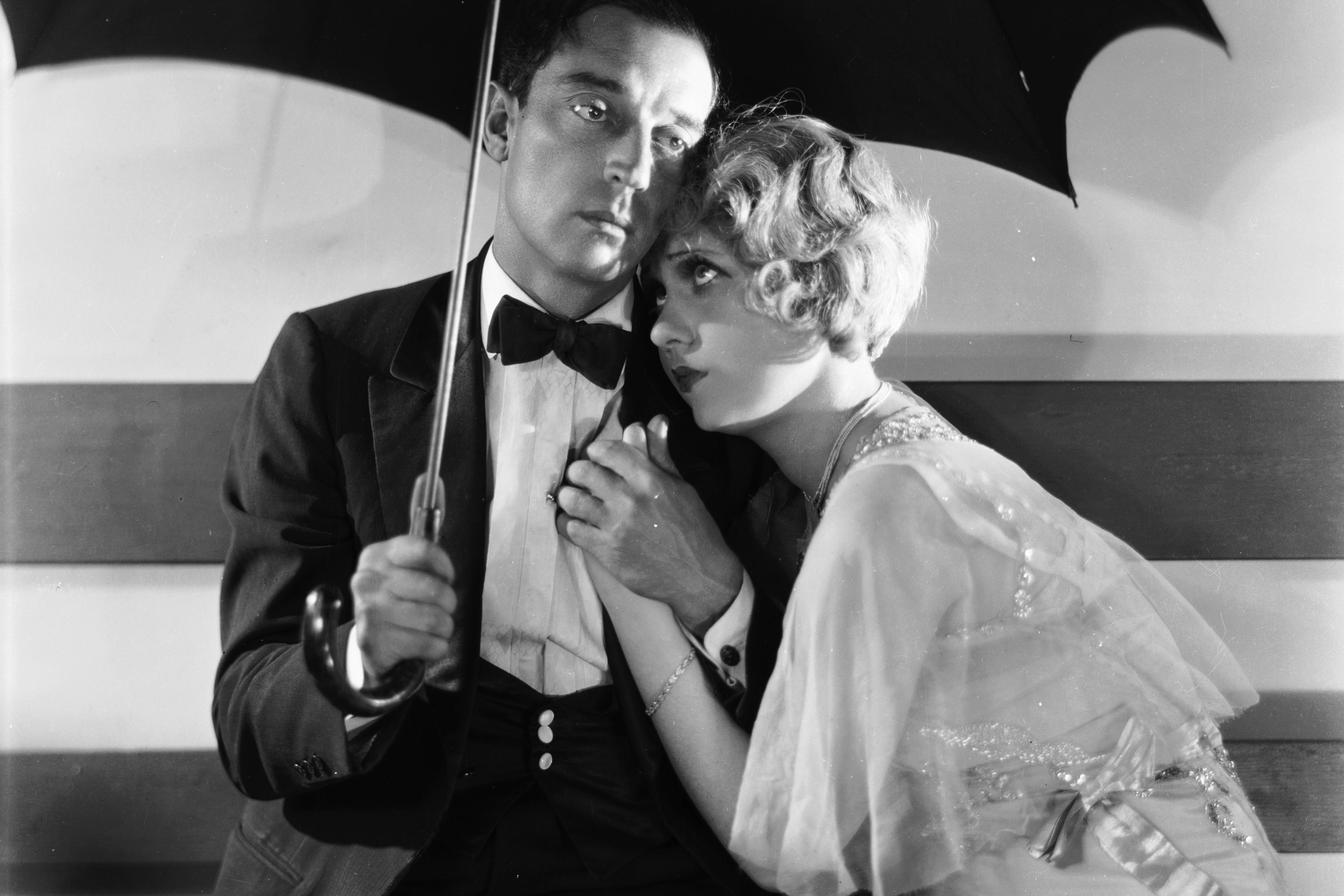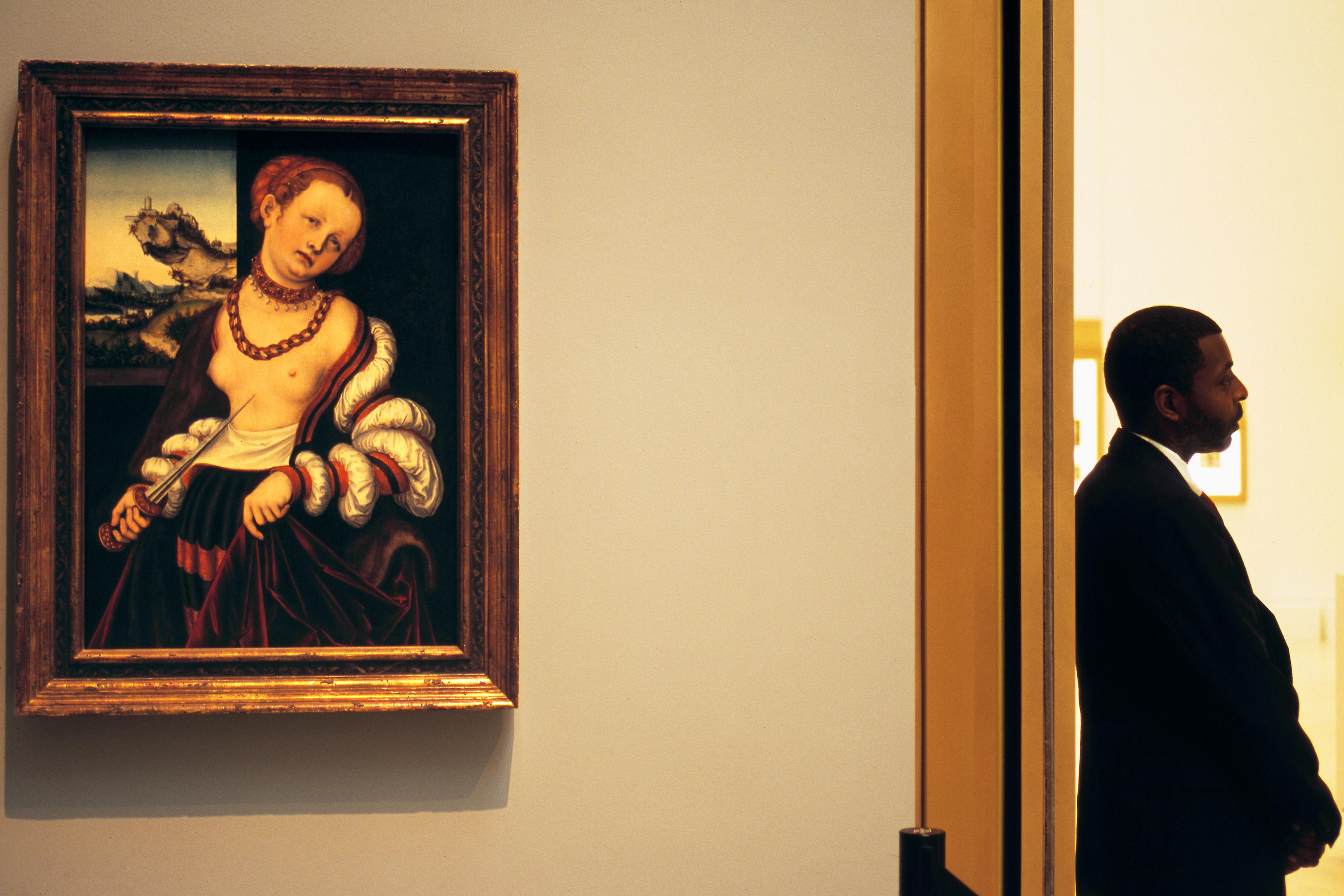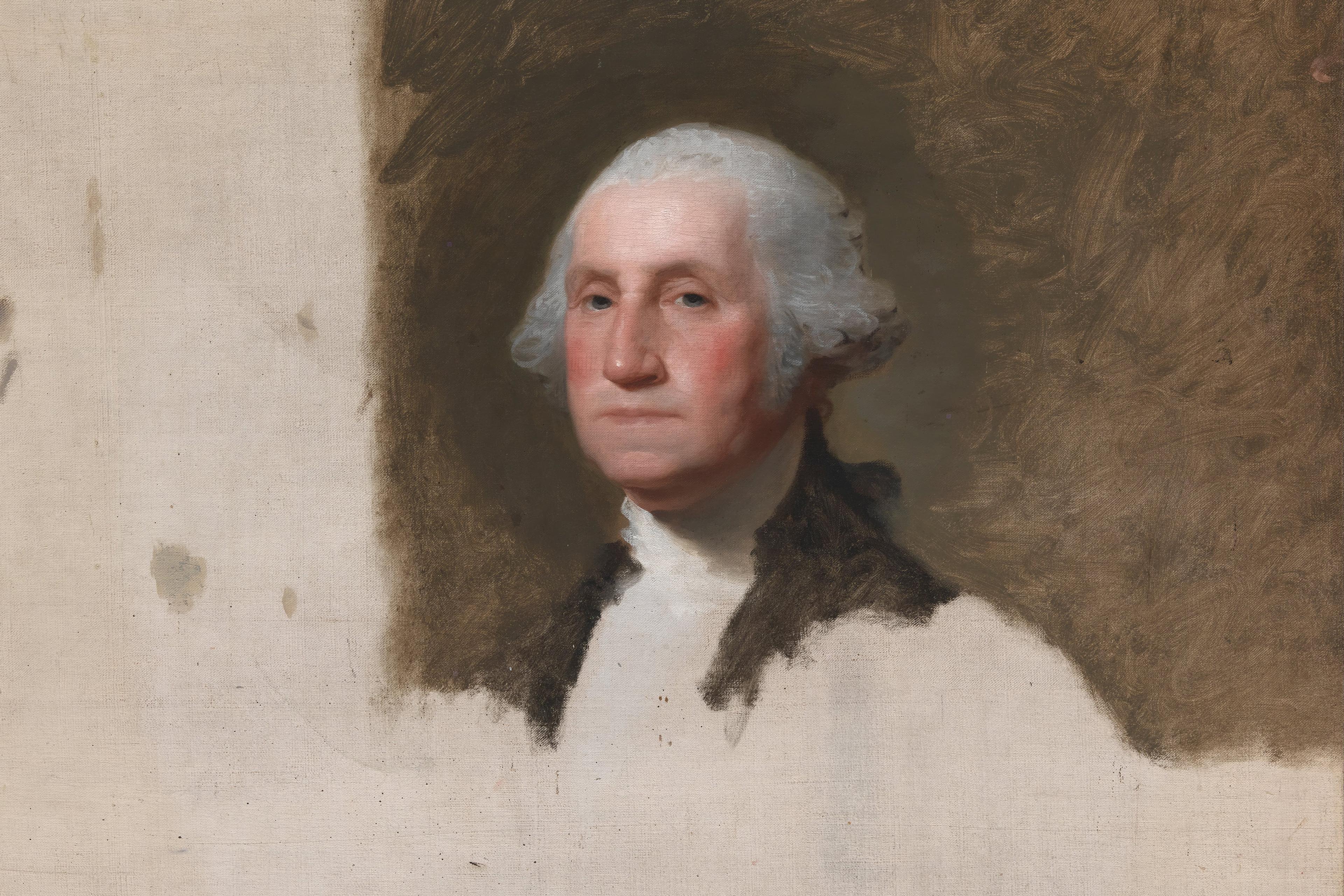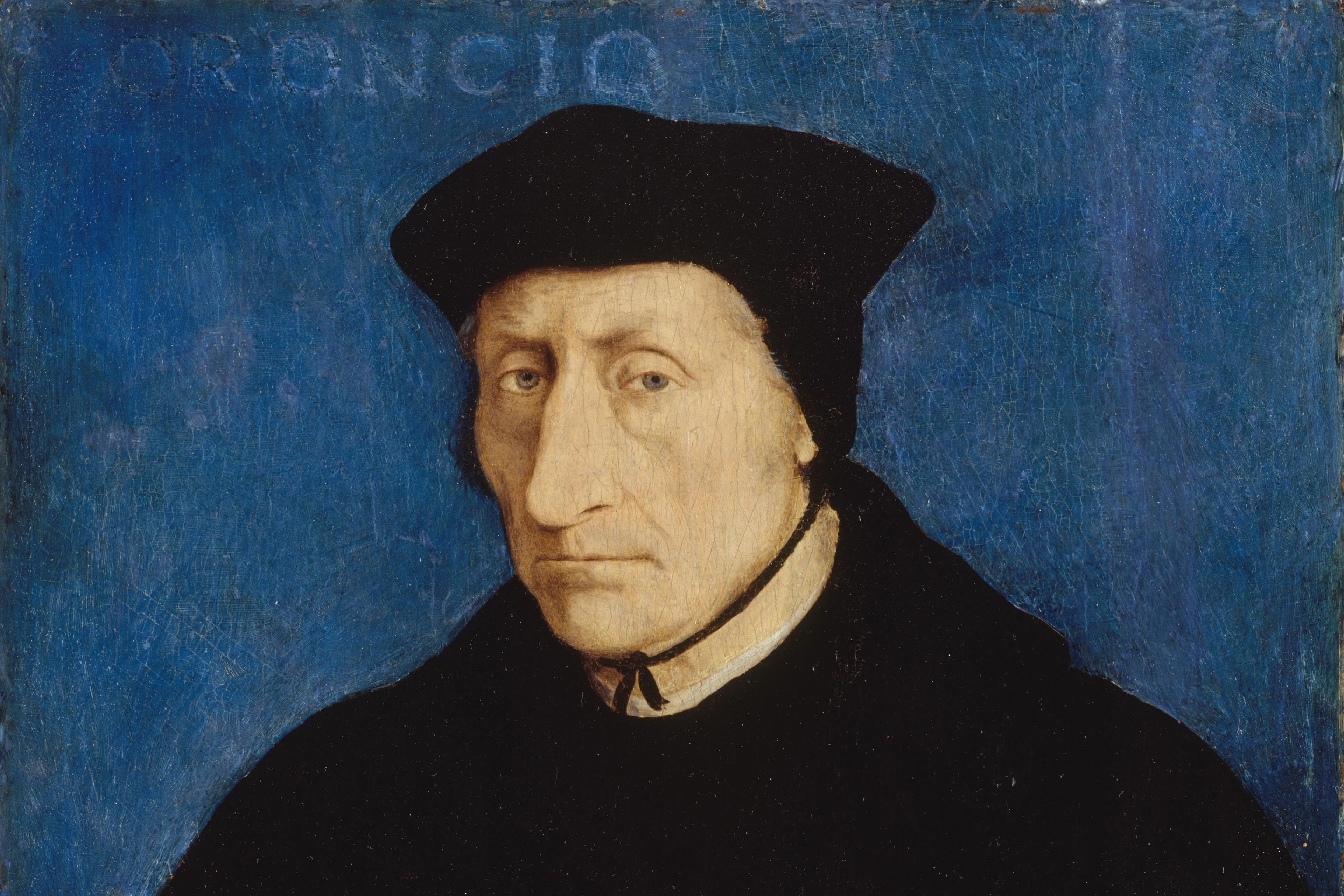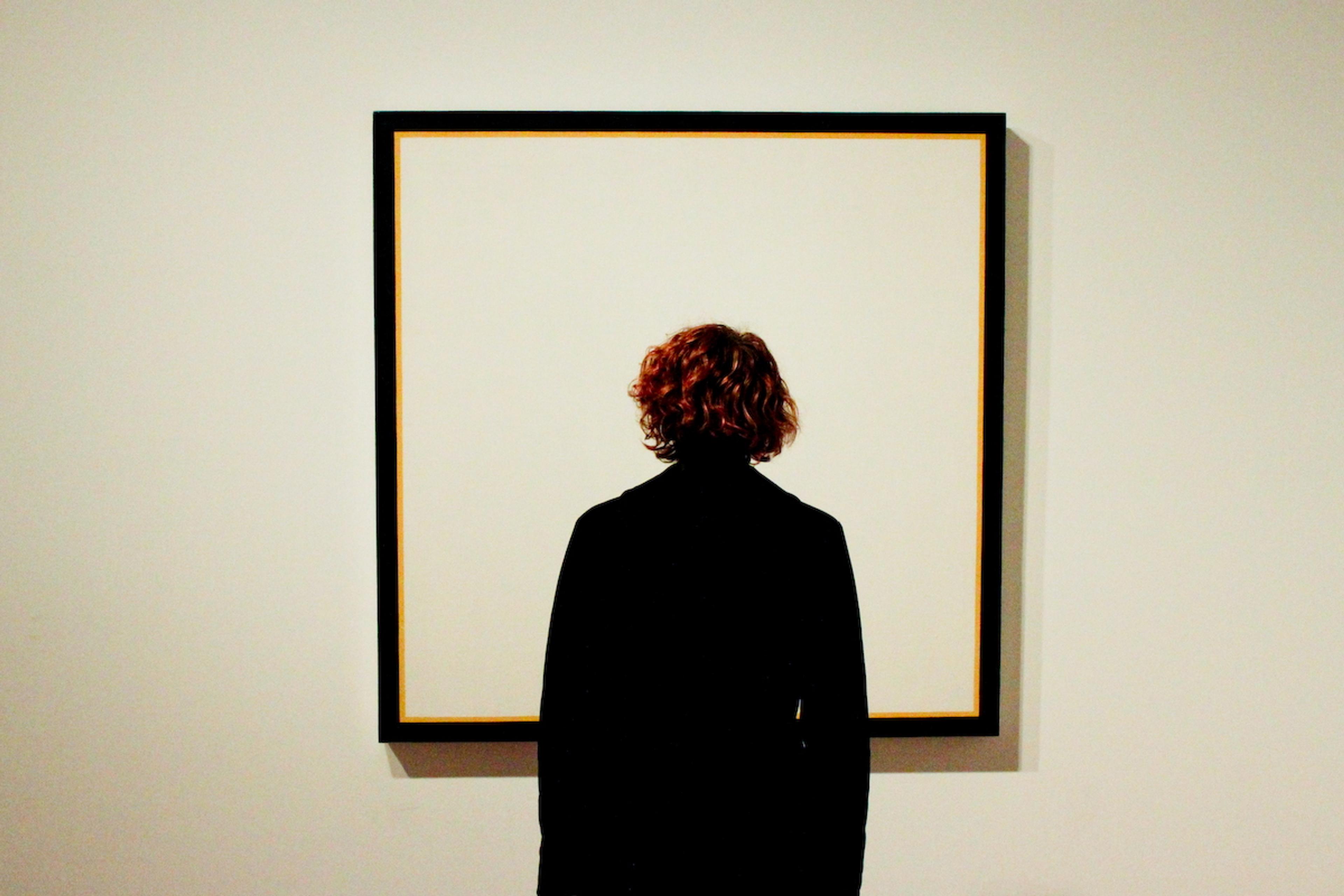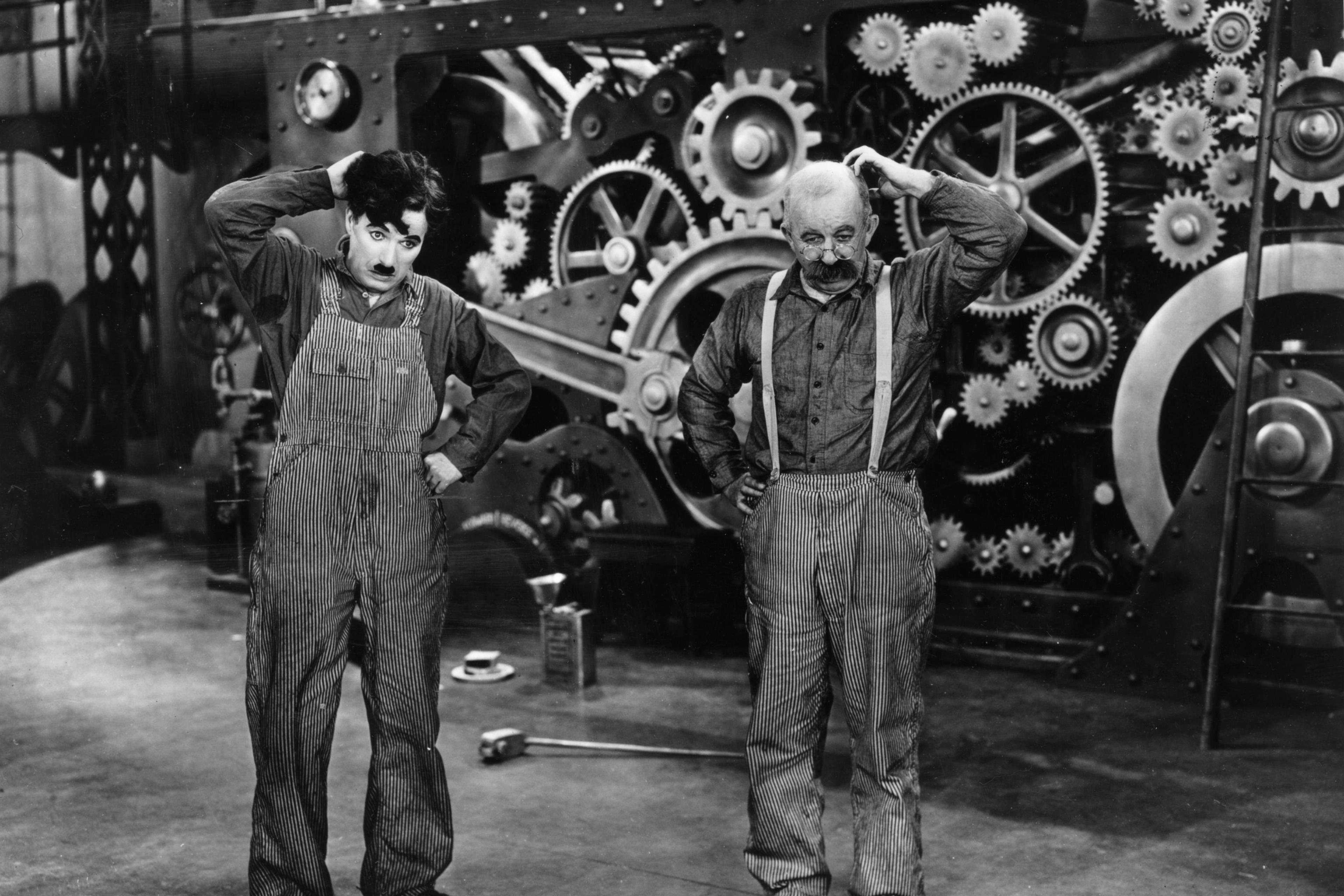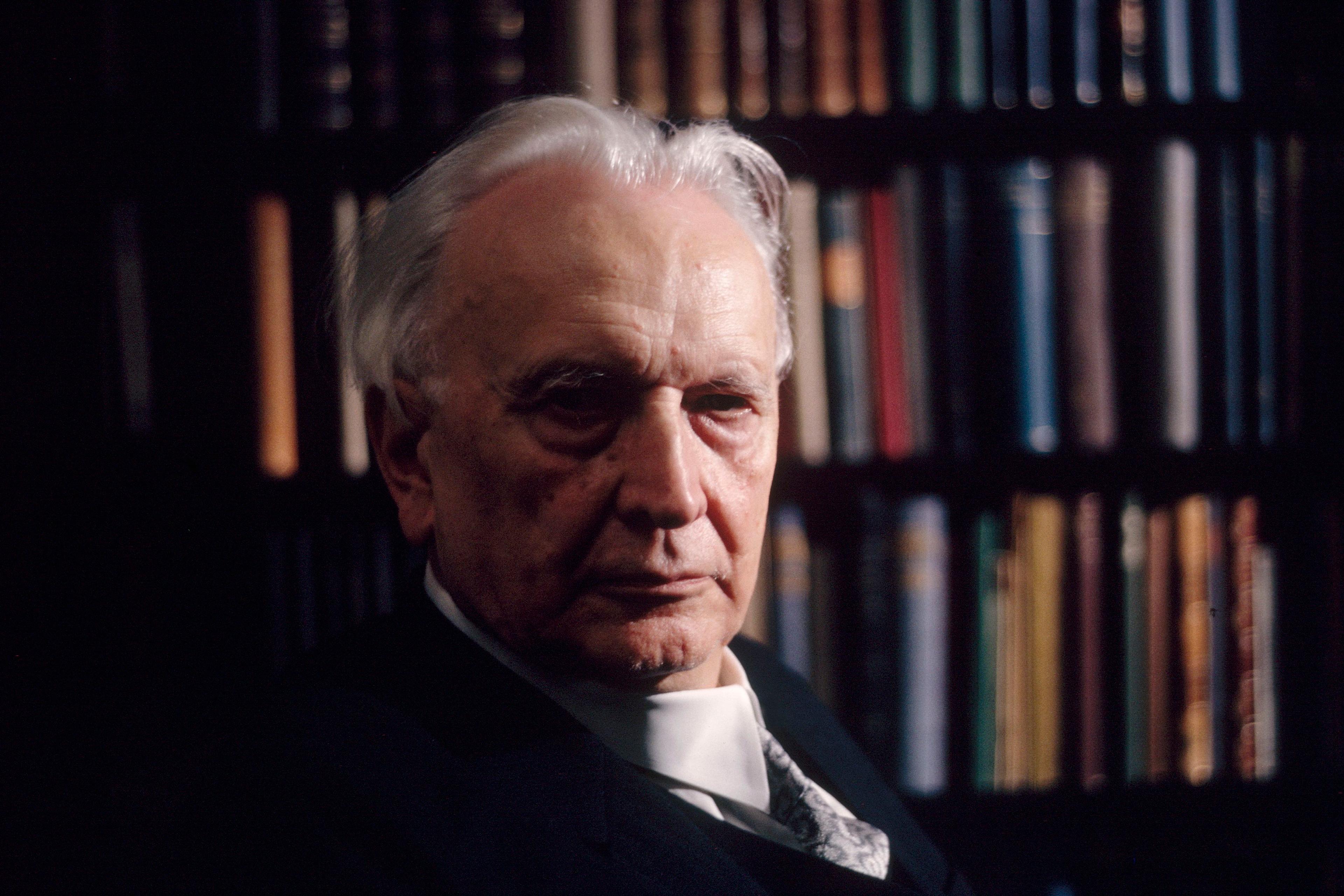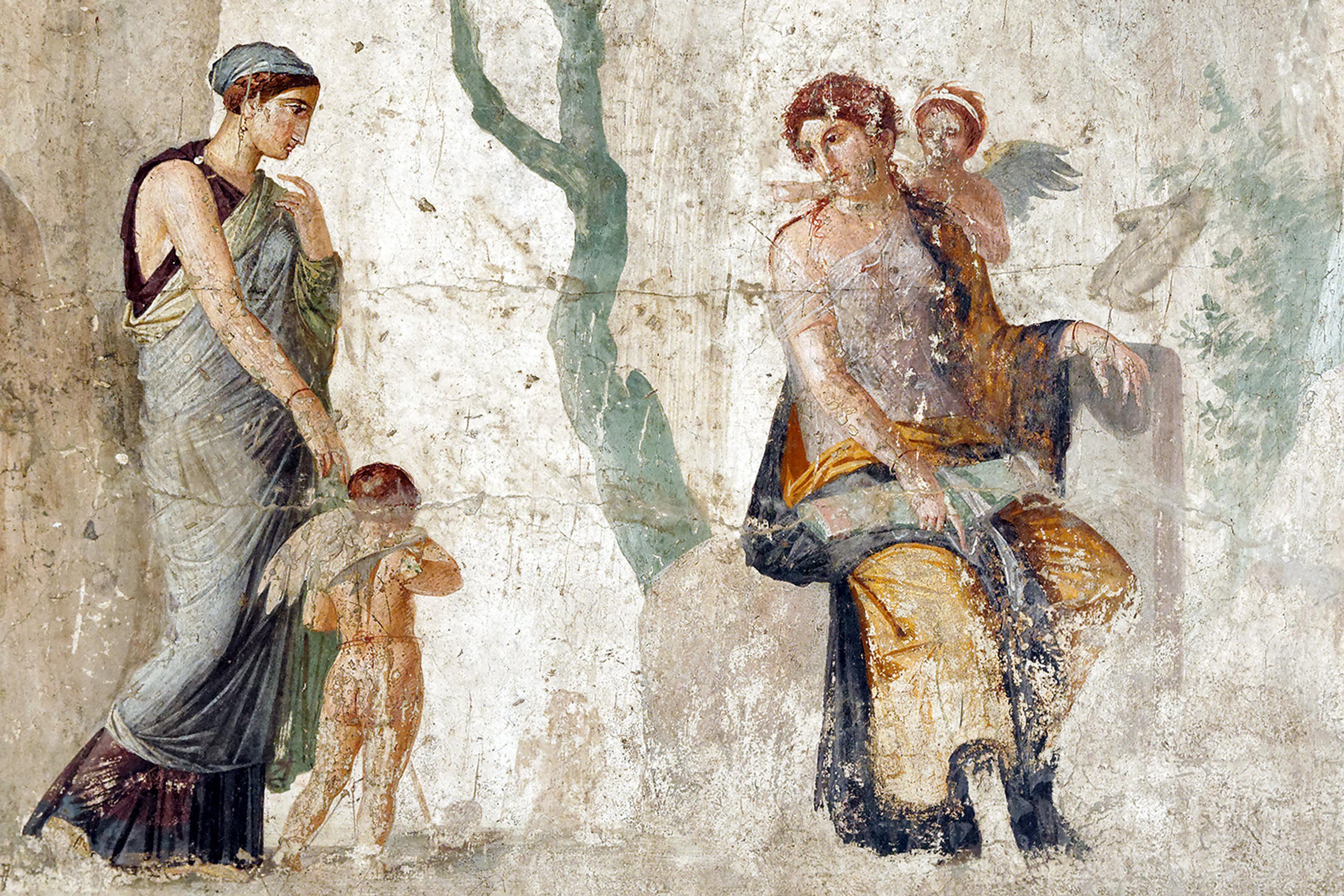In 1917, France was on the brink of calamity. The great incinerator known as the Western Front consumed young men as voraciously as ever; supplies dwindled; mutinous unrest percolated in the ranks. Desperate for American intervention to tip the balance against the Central Powers, the French prime minister Aristide Briand pled for the US president Woodrow Wilson to commit his huge country to the war. But Wilson, messianic and haughty, bided his time.
Briand huddled with his ministers. They needed a new tactic, something unexpected. What if, someone bravely suggested, we send a philosopher to Washington, DC and see what he can do?
That philosopher was Henri Bergson, an extraordinarily popular thinker whose public lectures on time, memory, and the élan vital packed auditoriums with swooning fans: he appeared to imbue life with the creativity and mystery that science seemed to diminish. Passionately patriotic, he accepted the mission and took a liner to Washington.

Henri Bergson in his study. Courtesy the BnF, Paris
Bergson was granted an audience with the president, whose self-love was most intense when it came to his own intellect. They talked for hours. Bergson played his cards well: he appealed to Wilson’s desire to strut the world stage as the bringer of peace, the founder of the League of Nations. They plumbed Bergson’s philosophy, which he said implied that the Germans were the enemies of civilisation. A few weeks later, the United States was at war.
I don’t want to give too much credit to Bergson – and I don’t think the US should have joined the war – though at least one Wilson adviser said that Bergson gave the president the push he needed. This little-known story of the philosopher and the president is remarkable: it is perhaps the most important diplomatic intervention by a philosopher, and a reminder, as if we needed it, of the extraordinary consequences of unlikely meetings.
